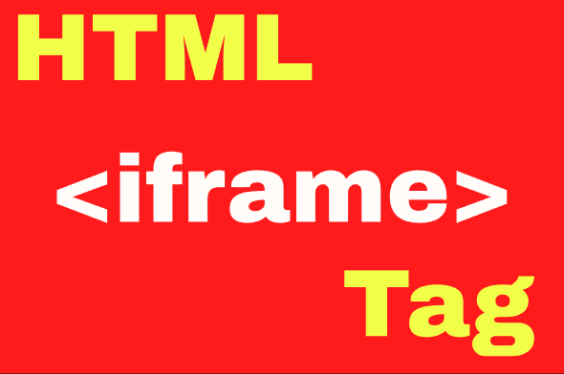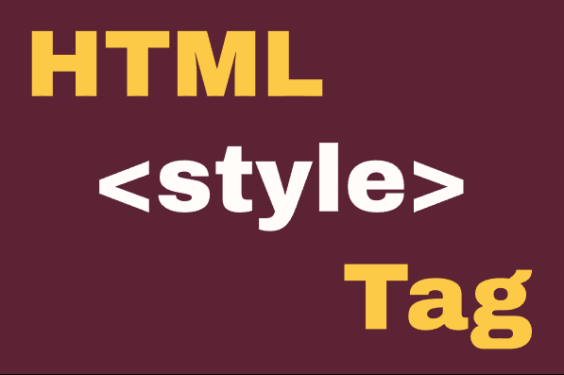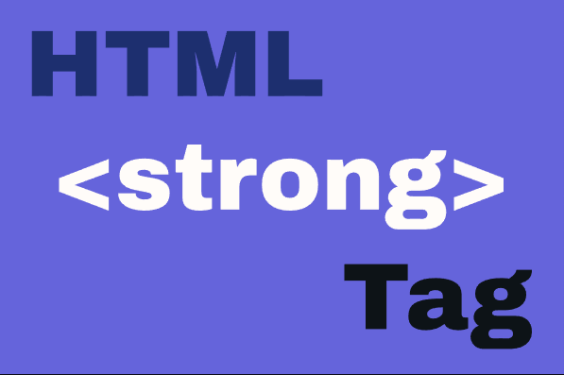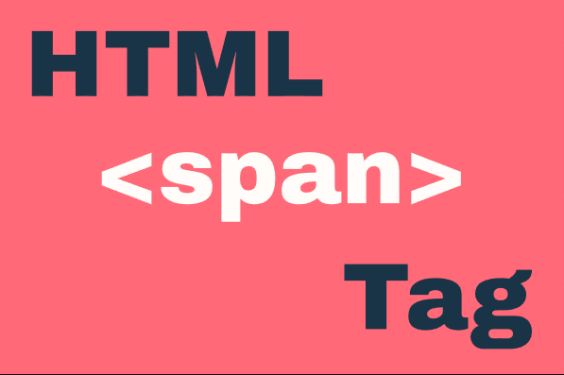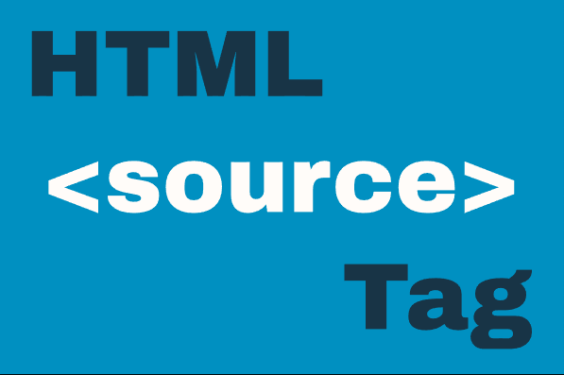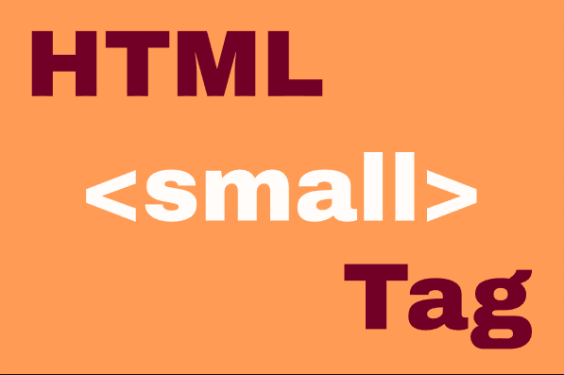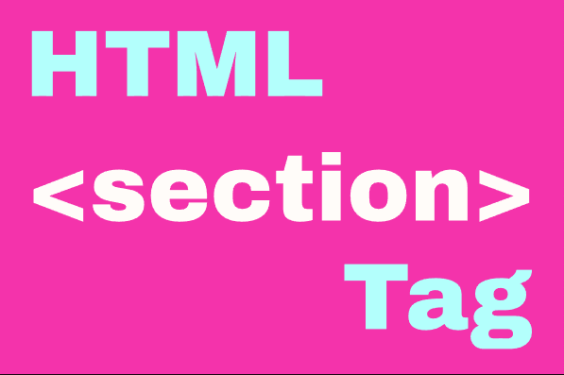HTML <iframe> Element
Publish in HTML Tutorial el 24/05/2025 15:43
The HTML <iframe> (Inline Frame) element embeds another HTML page within the current document. It creates a nested browsing context, essentially allowing you to display a webpage within a webpage. IFrames are commonly used for embedding videos, maps, advertisements, or other external content while keeping it isolated from your main page.
Key Attributes
- src: Specifies the URL of the page to embed
- width/height: Sets dimensions (in pixels or percentage)
- frameborder: Shows/hides border (0 or 1, deprecated in HTML5)
- allowfullscreen: Enables fullscreen mode
- sandbox: Applies security restrictions
- loading: Controls lazy loading (lazy/eager)
Basic Syntax
Here's the basic structure of an iframe:
Examples of Usage
Example 1: Embedding Google Maps
This example shows how to embed a Google Maps location:
Example 2: Embedding YouTube Video
Embedding a YouTube video with responsive sizing:
Example 3: Sandboxed Content
This example shows a sandboxed iframe with restricted permissions:
Example 4: Dynamic Iframe with JavaScript
Changing iframe content dynamically with JavaScript:
Example 5: Communication Between Parent and Iframe
Basic communication between parent window and iframe using postMessage:
Tips and Best Practices
- Always include
titleattribute for accessibility - Use
loading="lazy"for better performance on offscreen iframes - Implement proper sandboxing for security with untrusted content
- Consider using the
srcdocattribute for inline HTML content - For responsive iframes, use CSS with
padding-bottomtechnique - Be mindful of XSS (Cross-Site Scripting) risks with iframes
Security Considerations
IFrames can pose security risks if not properly configured:
- Use
sandboxattribute to restrict capabilities - Set
X-Frame-Optionsheader on your own pages to prevent clickjacking - Be cautious with third-party content that might contain malicious scripts
- Consider Content Security Policy (CSP) to control which sources can be framed
Performance Impact
IFrames can significantly impact page performance:
- Each iframe creates a separate document context with its own resources
- Browser limits the number of concurrent connections per iframe
- Consider lazy loading for non-critical iframes
- Measure performance impact using browser developer tools
